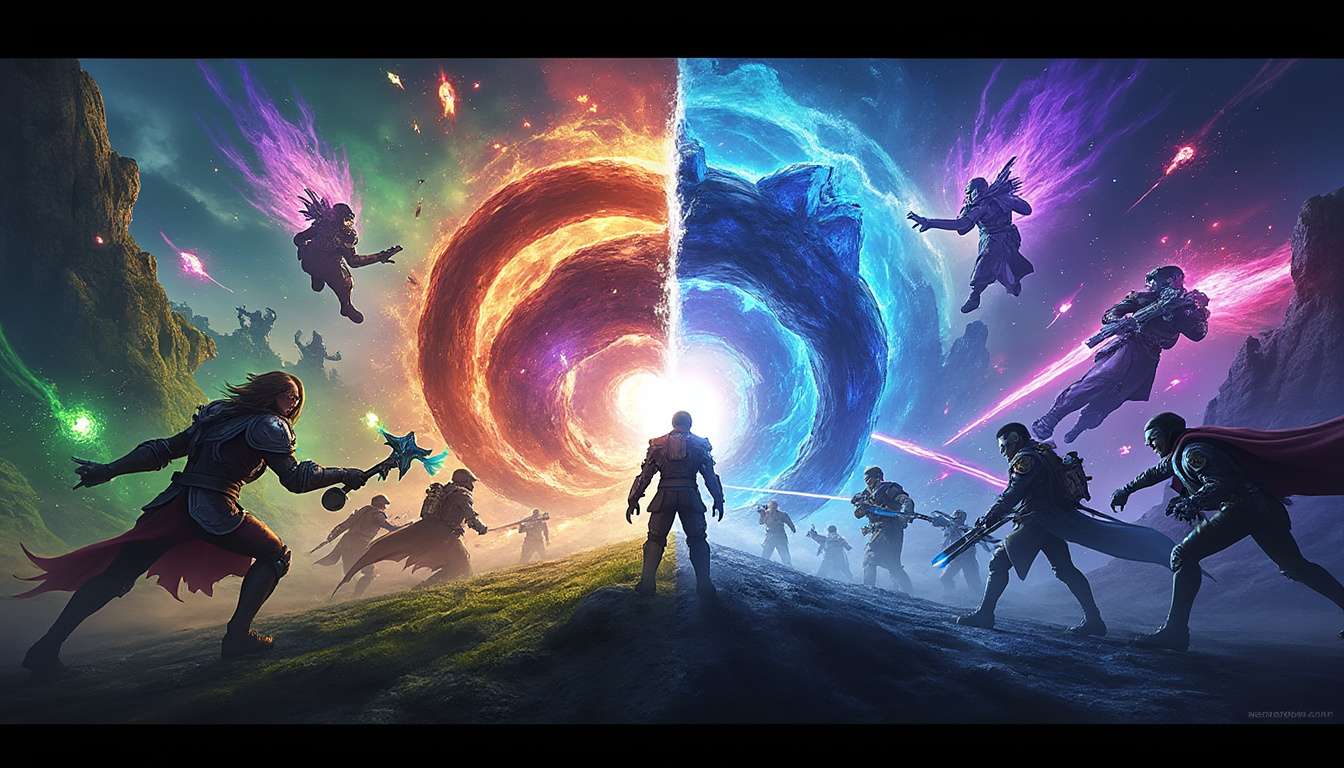Riot Games has become a titan in the gaming world with its two flagship titles: League of Legends and VALORANT. League of Legends, launched in 2009, is a cornerstone of the MOBA genre with a massive following, while VALORANT represents Riot’s successful leap into the tactical shooter scene since its 2020 release. This comprehensive showdown examines gameplay, esports impact, community engagement, and competitive formats to illuminate what differentiates these games and what keeps players invested globally.
Gameplay Differences Between League of Legends and VALORANT
League of Legends and VALORANT offer fundamentally distinct gameplay experiences rooted in their respective genres. League operates as a MOBA where players work as teams to destroy the opponent’s Nexus on Summoner’s Rift. It emphasizes strategic champion selection, team coordination, and resource control.
Conversely, VALORANT is a first-person tactical shooter focusing on precise shooting, agent abilities, and round-based objectives like bomb planting and defusing. Players rely on mechanical skill and map control to achieve victory.
- League of Legends: 5v5 matches, roles such as ADC, Mid, Jungle
- VALORANT: 5v5 rounds, agents with unique abilities supporting gunplay
- Strategic focus: Teamfight Tactics style teamwork versus split-second aiming
- Game pace: Longer, more strategic games versus fast, tactical rounds
Each game appeals to different skill sets and player preferences, highlighting Riot Games’ versatility in game design.
Champion and Agent Roles Shape Player Experience
League’s champions offer diverse playstyles combining abilities and roles such as assassins, tanks, and mages, fostering depth and variation. The continuous updates and new skins like the popular Akali line keep the game fresh (Akali Skins 2025).
In VALORANT, agents bring tactical diversity with abilities designed to complement shooting skills. Team composition hinges on synergy between agents’ skills for maps encountered in the VCT Masters esports circuit.
- League champions: Constant meta shifts with patches (Patch 25.18 notes)
- VALORANT agents: Unique mechanics and ultimate abilities changing play dynamics
- Customization: Skins and cosmetics fuel player engagement in both games
- Learning curves: Strategic mastery in LoL, precise mechanical practice in VALORANT
Understanding these roles is essential for players aiming to excel in esports competitions.
Esports Scene: Worlds Championship vs VCT Masters
Riot Games has established premier global tournaments elevating each game’s esports stature. The Worlds Championship for League of Legends is a pinnacle event featuring elite teams competing for prestige and massive viewership. VALORANT’s VCT Masters captures the shooter crowd with international teams battling across fast-paced matches.
- Worlds Championship: Annual global event, high stakes, intricate team strategies
- VCT Masters: Multiple seasonal tournaments, focus on gun skill and agent use
- Viewership trends: LoL maintains a larger legacy audience, but VALORANT’s rapid growth is notable
- Scene evolution: Both games have thriving competitive ecosystems with strong developer support
Both esports scenes contribute massively to each game’s popularity, inspiring millions of players worldwide to participate or watch.
Community and Content Impact from Arcane to Teamfight Tactics
The League of Legends universe extends beyond the game itself, with Riot’s critically acclaimed animated series Arcane attracting new fans and enriching lore appreciation. Additionally, Teamfight Tactics offers an innovative auto-battler within the League universe, diversifying player engagement.
VALORANT, while newer, fosters a strong competitive community focused on streaming and tactical gameplay, often featured across platforms like Twitter and Twitch.
- Arcane: Expands LoL’s narrative and global reach
- Teamfight Tactics: Strategic alternative in the same ecosystem
- VALORANT Community: Active content creators and regular esports events
- Cross-game synergy: Riot’s continuous innovation links its game portfolio
This ecosystemic approach helps Riot Games retain player interest long after initial release.
Comparing Popularity and Player Engagement in 2025
By 2025, League of Legends remains the more established title with a tremendous player base. However, VALORANT’s increasing numbers highlight clear momentum in FPS esports. Riot’s efforts in addressing community feedback, including balancing and new game announcements like their upcoming card battler Riftbound (Riftbound release), signal ongoing growth.
- Player counts: LoL leads in longevity and volume
- Esports viewership: LoL peaks during Worlds; VALORANT gains steady increases
- Developer support: Frequent patches and innovation for both games
- Market positioning: Riot Games dominates multiple competitive gaming genres
Each title’s unique strengths ensure they remain pillars in Riot’s gaming portfolio.

